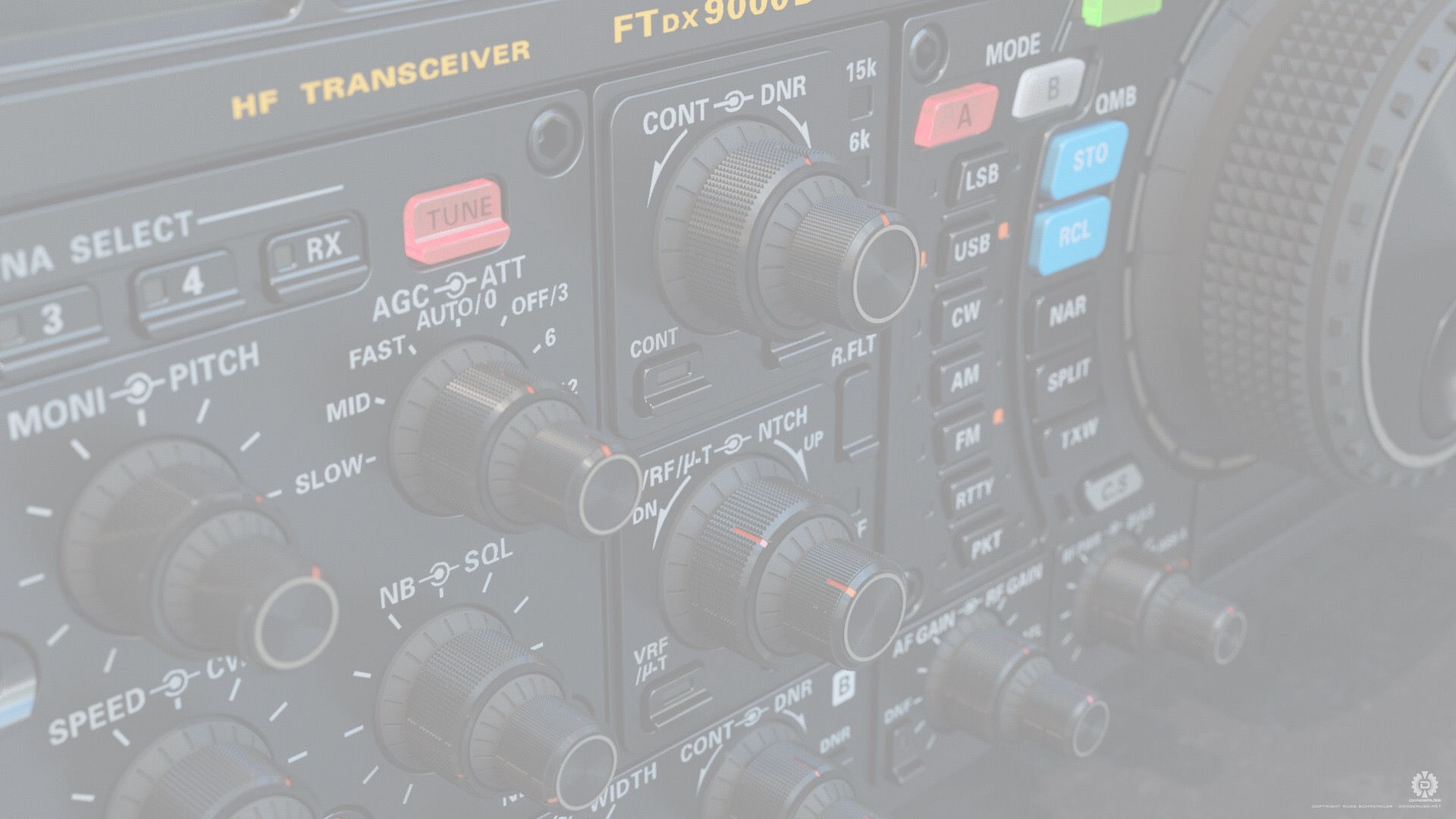The History of 10-4 and 10-Codes
- FAMPARC

- May 11, 2024
- 4 min read
The History of 10-4 and 10-Codes

Trucking has a long and vast history, not only in the United States but worldwide. Everyone knows that truckers have their own version of communication over radio. People across the United States know the very popular 10-4, but like many other common phrases, not many know where it comes from. In honor of it being October 4th, let's take a look at the origin of the universal trucker lingo.
Background in Radio
To understand where 10-Codes come from, you need to know some background information. In 1896, Guglielmo Marconi invented the first rendition of the radio. After 20 years of experience working with telegraphy, Marconi was one of the only inventors at the time that experimented with Hertz, which were found in electromagnetic waves. In the early 1900s, Marconi revolutionized communication methods when he successfully transmitted his first wireless telegraphy signal across the Atlantic Ocean. Throughout the 1900s and 1930s, he created various versions of radios with a few being adopted by the BBC and other organizations for wireless broadcasting.
Prior to the 1920s, radio was not commercialized like it is today with it only being used for contacting military ships out at sea. In those years, Morse Code was used for communicating because the signals to transmit messages were often unclear and spotty. In the outbreak of World War I 1914, the importance of radio was recognized because it allowed to relay messages in real-time to officers and soldiers on the front lines. After the war and throughout the 1920s, radio was no longer used exclusively by the military, and citizens started buying radios of their own.
Enthusiasts really changed the way radio was perceived by the public, showing its potential as a leader in communicating with wider audiences and in 1920, the first commercial radio broadcast was used to announce the election results. The 1920s were an important decade in the history of radio, with the first radio advertisement being run, major organizations being created like the BBC, CBS and NBC. As with every business that takes off widely, rules and regulations must be in place so the Radio Corporation Agreement (RCA) was sanctioned by the government.
Despite radio's success in the 1920s and 30s, the signals being transmitted still needed improvement. Transmissions were still difficult to understand with words being cut off or unintelligible, so in 1937 the Association of Public Safety Commissions (APCO) had an idea to change that.
History of 10-4
Radio had expanded its reach to many, but the main user for the majority of its early years were police stations and officers. In the late 1930s, Charles Hopper, the Communications Director for the Illinois State Police started creating a type of brevity code to shorten speech when radio channels were in short supply for police officers. Radios needed time to charge up completely to send a message, so the one syllable word 'ten' made it easier for the transmitter to capture and send a short message. It took a few years to catch on, but by 1940, a list of 10-Codes had been created and finally in 1955, standardized for wide use among police officers.
Police officers soon weren't the only group of workers who began using radios and the 10-Code. Truckers began utilizing CB radios for communicating with each other and getting updates on traffic reports in the area. They encountered the same issues with choppy transmissions, so truckers adopted the 10 code which has changed slightly from the police code. 10-Codes didn't really reach public popularity until it was adopted by Hollywood.
The mid 1950s saw the creation of a new television show, Highway Patrol with Broderick Crawford. The show captivated audiences with its emulation of police officers who fight crime with patrol cars, fast motorcycles and two-way radios. Citizens Band (CB) radios started flying off the shelves and the number of radio enthusiasts grew and they quickly picked up the 10-Code system.
Although the 10 codes were around, their popularity dipped slightly in the 1960s until another famous personality stepped in. The 1970s had a wave of blue-collar pride, and singer C. W. McCall came out with the song Convoy in 1975 which demonstrated a trucker transmission and again the 10-Code was brought back into pop culture. Later in 1978, the movie Convoy was released and the 10-Code was forever engrained in the public's mind.
Today 10 -Code has for the most part remained the same, but now there are over 200 10-Codes and various versions depending on line of work and area. Here's the main 10-Code used by truckers today.
Trucker 10 Code
10-1: Receiving Poorly
10-2: Receiving well
10-3: Stop transmitting
10-4: Ok, message received
10-5: Relay message
10-6: Busy, stand by
10-7: Out of service
10-8: In service
10-9: Repeat Message
10-10: Transmission completed, standing by
10-11: Talking too rapidly
10-12: Visitors present ... Shhhh!
10-13: Advise weather/road conditions
10-17: Urgent Business
10-20: Location
10-34: Trouble at this station, help needed
10-42: Traffic accident
10-43: Traffic jam
10-70: Fire at truck stop
10-73: Speed trap
10-99: Mission completed, all units secure
10-100: Gotta go No. 1
10-200: Gotta go No. 2
Information from: Click Here.



QSL
Loved it. Good memories of the 80s.